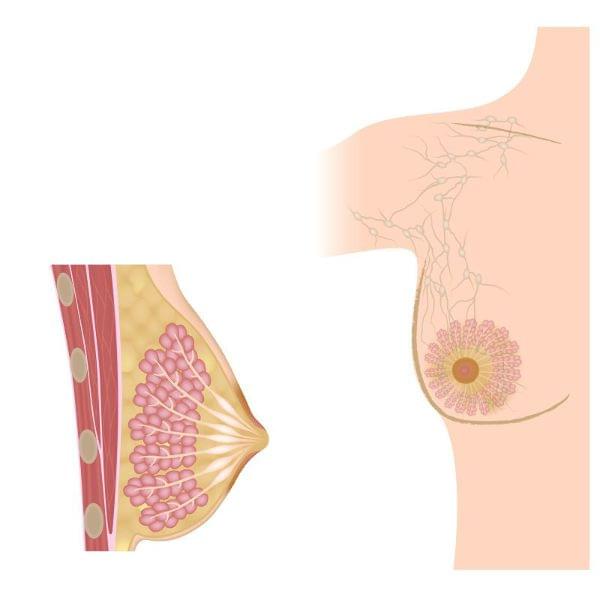
What Is Breast Pain? Causes, Types, and Treatment Options
Breast pain, also known as mastalgia, is one of the most common complaints among women. It may occur in one or both breasts and can vary in intensity. However, only about 15–20% of breast pain cases require medical treatment. A common fear among women experiencing breast pain is that it may be related to breast cancer.
In reality, there is no direct link between breast pain and breast cancer. Pain is rarely a symptom of breast cancer. Instead, breast pain may result from conditions related to the breast tissue itself or from problems in surrounding muscles, joints, or bones.
Types of Breast Pain
Breast pain is generally categorized into two main types:
-
Cyclic pain (related to the menstrual cycle)
-
Non-cyclic pain (not related to menstruation)
Cyclic Breast Pain
The breast is highly responsive to hormonal fluctuations. After ovulation, hormones such as estrogen and progesterone prepare the breasts for potential breastfeeding. These hormonal changes cause the milk ducts and glandular tissues to grow, leading to swelling and tension in the breast tissue.
This process often results in breast pain and tightness before menstruation. Once menstruation begins, the breast tissue returns to its normal state, and the pain typically subsides.
Cyclic breast pain is most commonly seen in women between the ages of 30 and 40 and accounts for approximately 70–80% of all breast pain cases.
Common causes of cyclic breast pain:
-
Hormonal fluctuations (estrogen and progesterone)
-
Irregular menstrual cycles
-
Increased prolactin levels
-
Birth control pills
-
Hormone replacement therapy during menopause
-
Emotional stress or anxiety
-
Excessive intake of salt, caffeine, or fatty foods
Tips to relieve cyclic breast pain:
-
Wear a well-supporting bra
-
Reduce salt and caffeine consumption
-
Avoid fatty foods; eat more fiber-rich fruits and vegetables
-
Exercise regularly and maintain a healthy weight
Treatment for cyclic breast pain:
About 20% of women with cyclic pain may need medication. Over-the-counter pain relievers like paracetamol and aspirin can help. Vitamin B1, B6, and E supplements, as well as evening primrose oil, may provide relief. In more persistent cases, medications such as bromocriptine and danazol may be prescribed by a doctor.
Non-Cyclic Breast Pain
Non-cyclic breast pain occurs independently of the menstrual cycle. It is usually felt in a specific area of the breast and is more common in women aged 40 to 50. The pain may radiate to the shoulder, armpit, or arm.
Possible causes of non-cyclic breast pain:
-
Breast trauma
-
Rapidly growing cysts
-
Fibroadenomas
-
Breast infections
-
Inflammation around the milk ducts
-
Stress and anxiety
-
Fat necrosis, especially in large, pendulous breasts
-
Muscular or joint-related conditions (e.g., myalgia or rheumatism)
Treatment for non-cyclic breast pain:
Treatment depends on the underlying cause:
-
Aspiration of enlarged cysts
-
Surgical removal of masses when necessary
-
Antibiotics for infections
-
Stress-relief medications or therapy
-
Appropriate treatment for muscle or joint disorders

